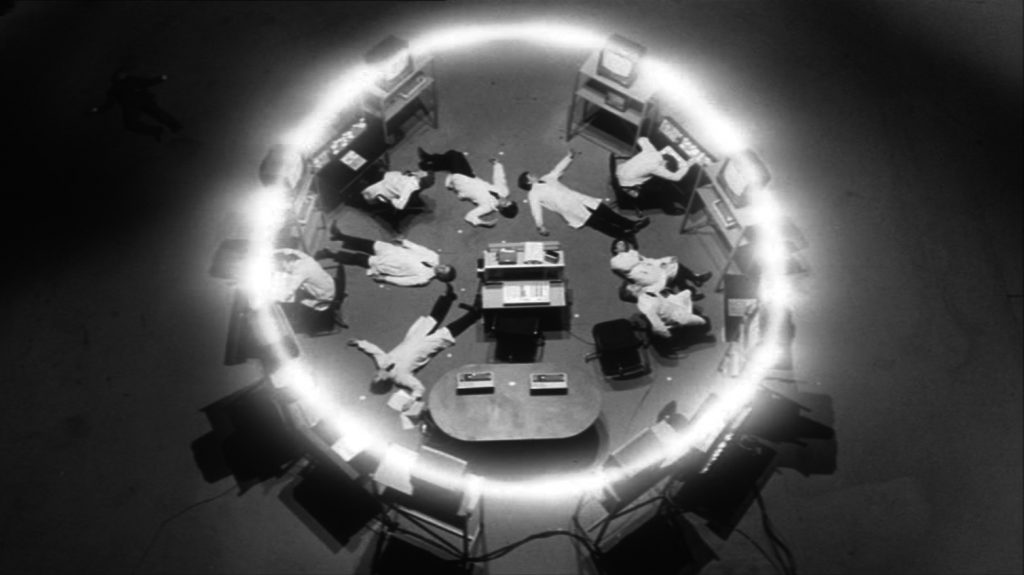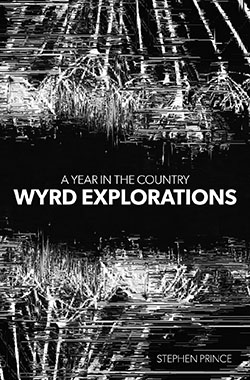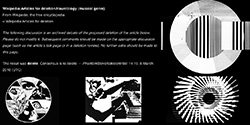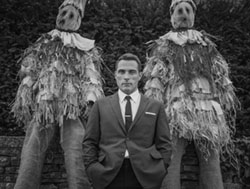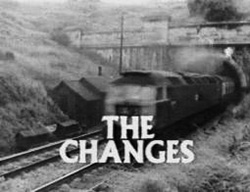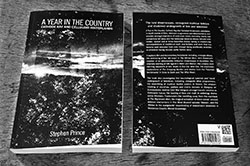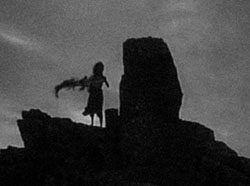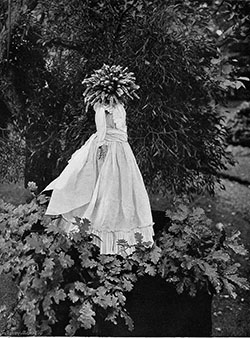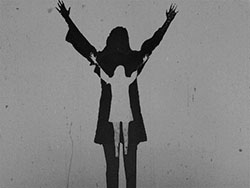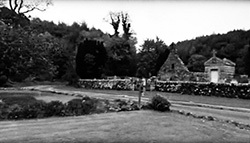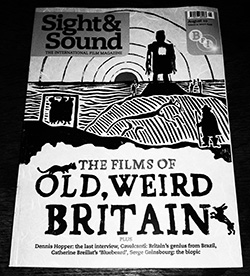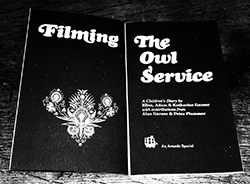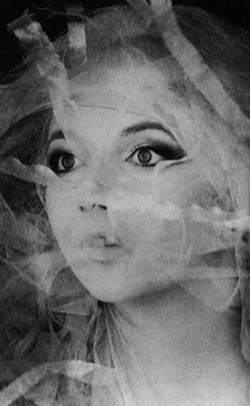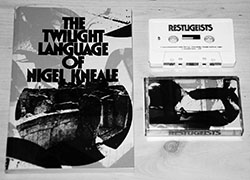
Halloween III: Season of the Witch is something of a culturally multi-layered film and it is also an odd and intriguing cinematic and cultural experience.
Originally released in 1982, it is not actually a John Carpenter- directed film, rather it is co-produced by him and is part of the Halloween franchise which he instigated. It was directed by Tommy Lee Wallace, who also wrote the final screenplay, and is co-soundtracked by Carpenter in collaboration with Alan Howarth.
How to describe it? Well, if you could imagine a mixture of the 1970s and 1980s work of John Carpenter at one step remove, the takeover and control in Invasion of the Bodysnatchers (1978) or The Stepford Wives (1975) and a more B-movie and less arthouse take on the earlier films of David Cronenberg, all intertwined with the work of Nigel Kneale, then you might not be far off.
I mention Nigel Kneale partly because he wrote the original screenplay and was asked to do so largely because John Carpenter was an admirer of his Quatermass series. Kneale delivered a script that was apparently based more on psychological shocks rather than more conventional horror and physical ones, but Dino De Laurentiis, who owned the film’s distribution rights, wanted more traditional horror and violence in the film. Consequently, director Tommy Lee Wallace revised the script and the subsequent alterations displeased Nigel Kneale so much that he asked for his name to be taken off the finished film.
However, Halloween III still has a surprisingly small amount of gore and violence considering both the above and its genre, with a large portion of such things happening off-screen. Again, with regard to John Carpenter’s films, this is in such marked contrast to the often-gratuitous imagery and special effects of a number of genre films today that it could almost be considered relatively tame in this respect (although at times it still contains quite shocking and unsettling imagery).
Despite his displeasure with the finished script, the spirit of Nigel Kneale remains strong within a film that contains similar themes of the power and significance of standing stones and the collision of ancient powers and rituals with modern science that had featured and sometimes recurred in Nigel Kneale’s previous work.
The plot involves a novelty toy and trick manufacturing company that has incorporated a microchip which includes fragments from one of the stones from Stonehenge into their Halloween masks, which are proving massively popular with the children of the USA. The stone fragments contain a form of ancient power, which via the microchip will be triggered by the flashing images in the company’s television adverts on Halloween, causing the death and sacrifice of the wearers and those nearby, effectively reviving a ritual that last happened 3,000 years ago and bringing about the resurrection of an ancient age of witchcraft. The daughter of a man killed by the company and the doctor who treated him visit the town where the company manufactures the masks and through their investigations, they discover its plans and launch a lone attempt to stop it.
As mentioned previously, Halloween III brings to mind the films Invasion of the Bodysnatchers and The Stepford Wives due in particular to the company’s power over the local town – which is completely run and controlled by the company with the help of electronic surveillance and curfews announced every evening over a tannoy system – and its apparent replacement of the population by androids.
Returning to the work of David Cronenberg, Halloween III also shares some territory and tone with Cronenberg’s Videodrome, which was released around the same time in 1983. In spite of being more overtly B-movie-like than the arthouse-meets- transgression-and-exploitation aesthetic characteristic of Cron- enberg’s film, Halloween III embodies, at times, some of the emotional distance typical of Cronenberg’s work.
Also, as with the manipulative organisation in Videodrome, in Halloween III, despite planning on effectively taking over and changing the world and having the resources to mass-manufacture convincingly human androids, the factory and infrastructure of the novelty manufacturing company seems curiously low-key and non-high tech. It is not presented as a high-end gleaming futuristic corporation, more a smallish, local, paint-chipped operation in a slightly down-at-heel locale.
And in both films, television and video are shown as being utilised for a form of signal transmission which controls the mind and/or causes a physical alteration and mutation or destruction in those who watch it. This connects with a wider use of television in 1980s cinema as being a source of malignant or threatening force – such as in Poltergeist (1982) – with Halloween III’s opening sequence in which CRT television scan lines, pixels and glitches build into the graphic of a Halloween pumpkin, capturing this distinctly period sense of threat particularly well.
John Carpenter and Alan Howarth’s minimal synth score for Halloween III is well worth seeking out and is possibly one of the finest of John Carpenter’s largely electronic soundtracks. Using only a few notes, synth washes and spare percussion, it creates an intriguing, entrancing and seductive atmosphere while also being at times almost subtly, gently and ominously portentous.
The original vinyl and cassette releases of the soundtrack are now quite rare but it has had various reissues: it was first released on CD in 1989; then a complete extended version of the soundtrack was released on the same format by Alan Howarth in 2007 in a limited edition of 1,000; and a vinyl version of the shorter version was initially issued by the Death Waltz Recording Company in 2012 and has since been reissued by them several times and the extended version can also be found on various streaming etc services.



